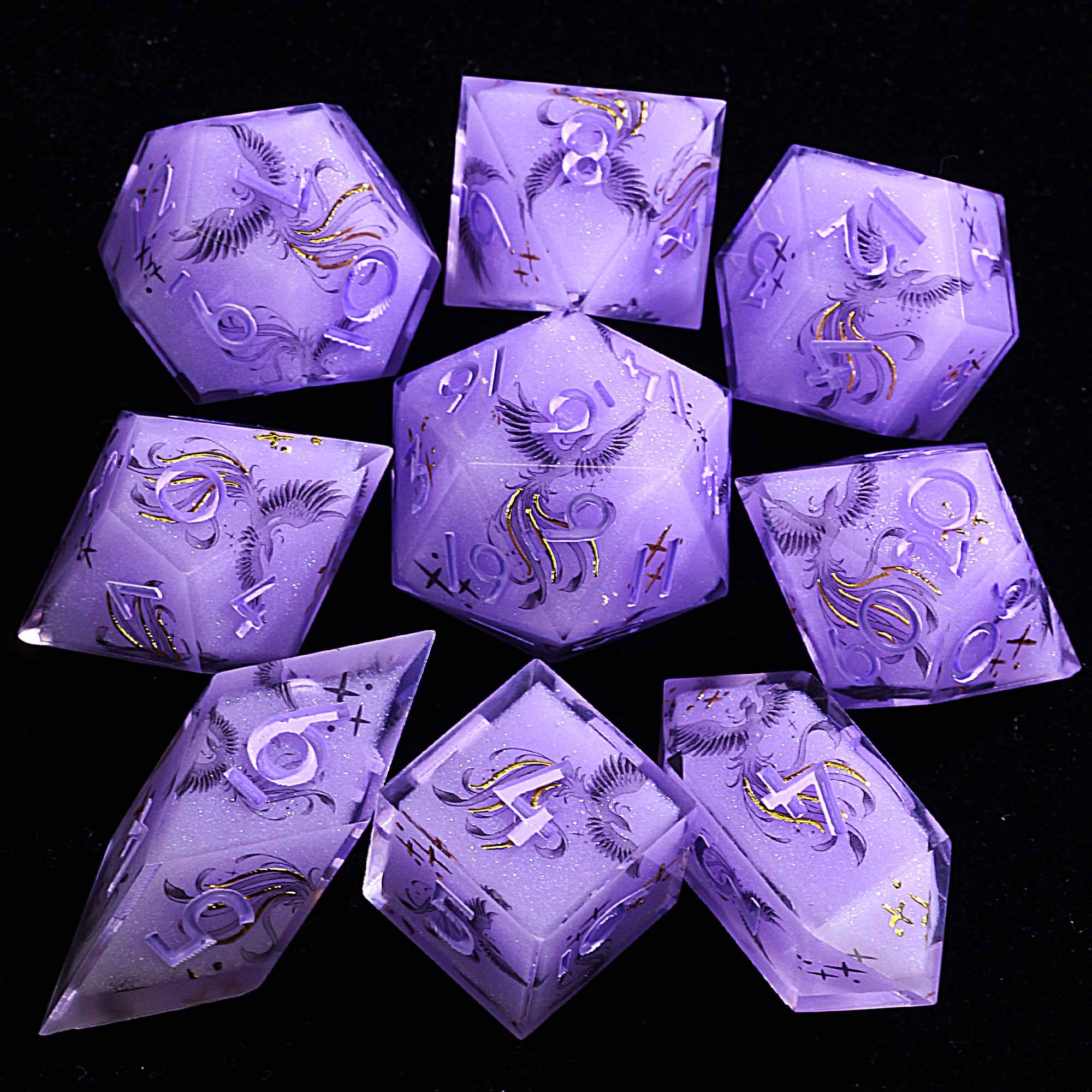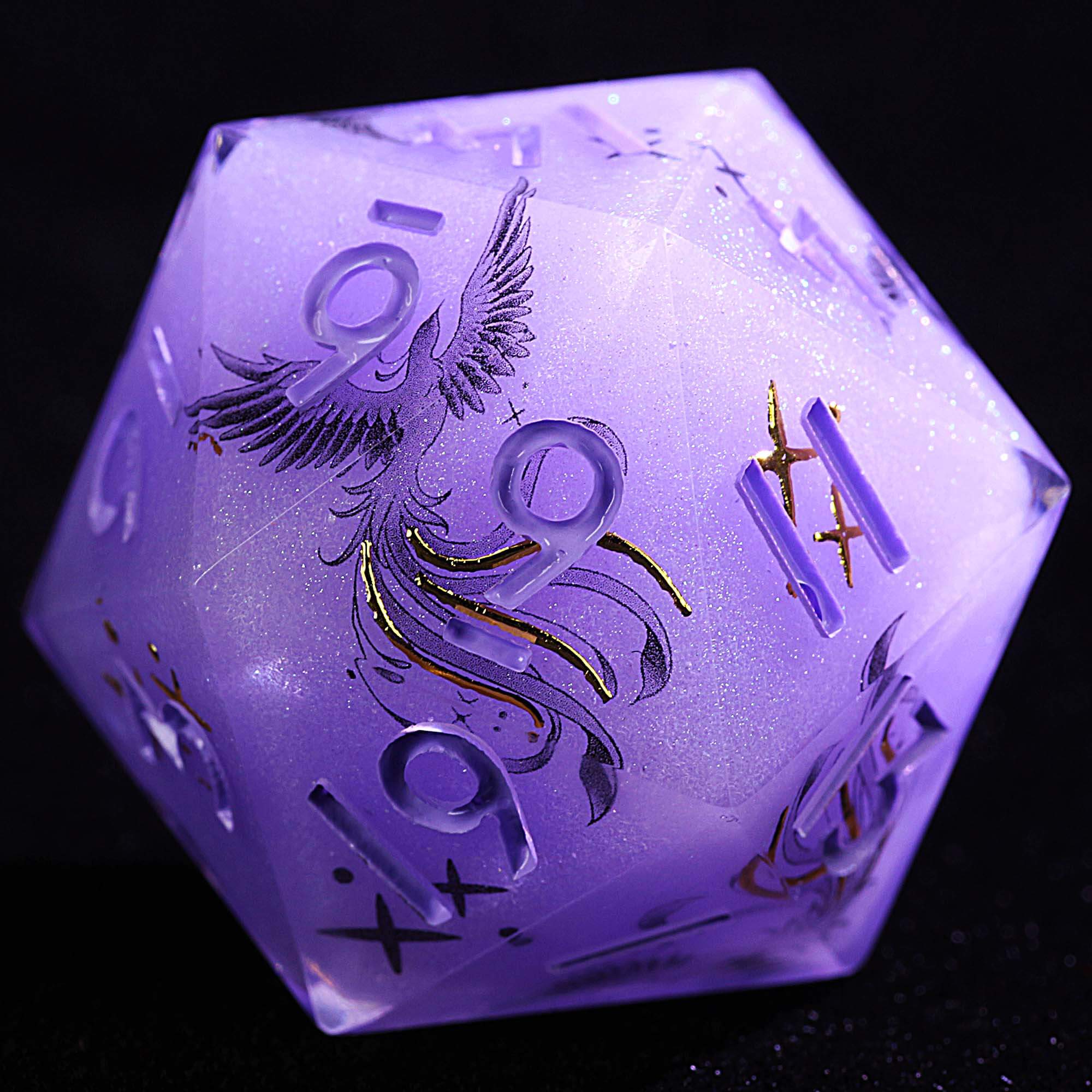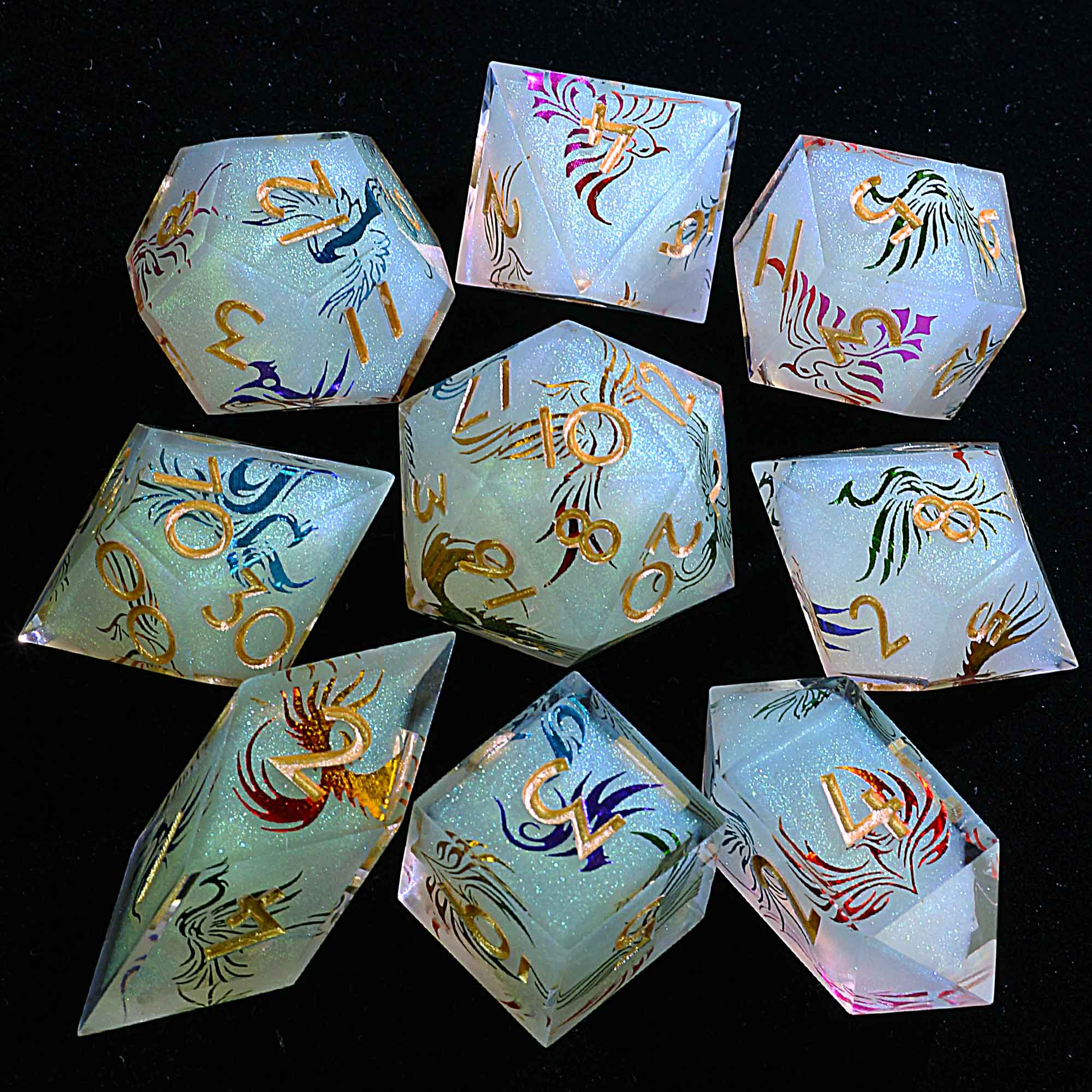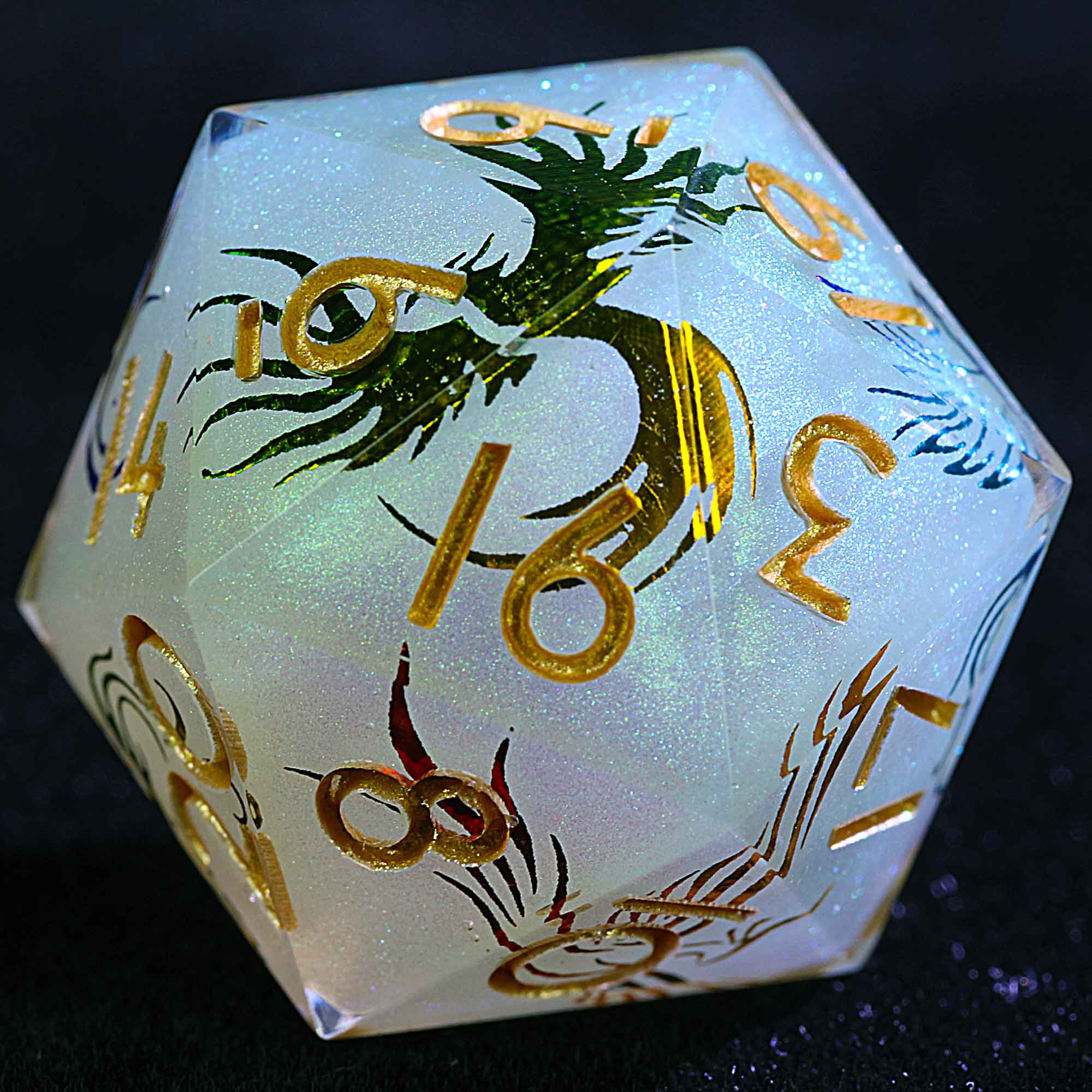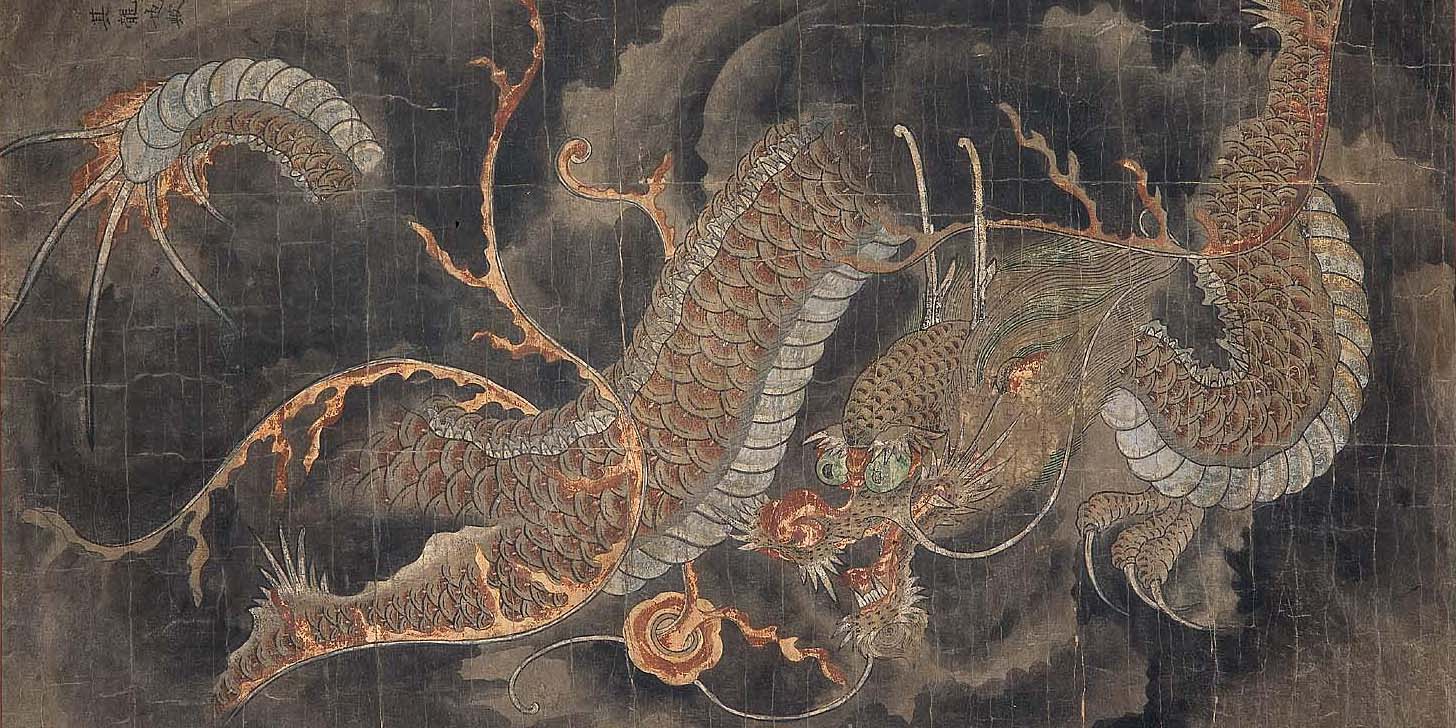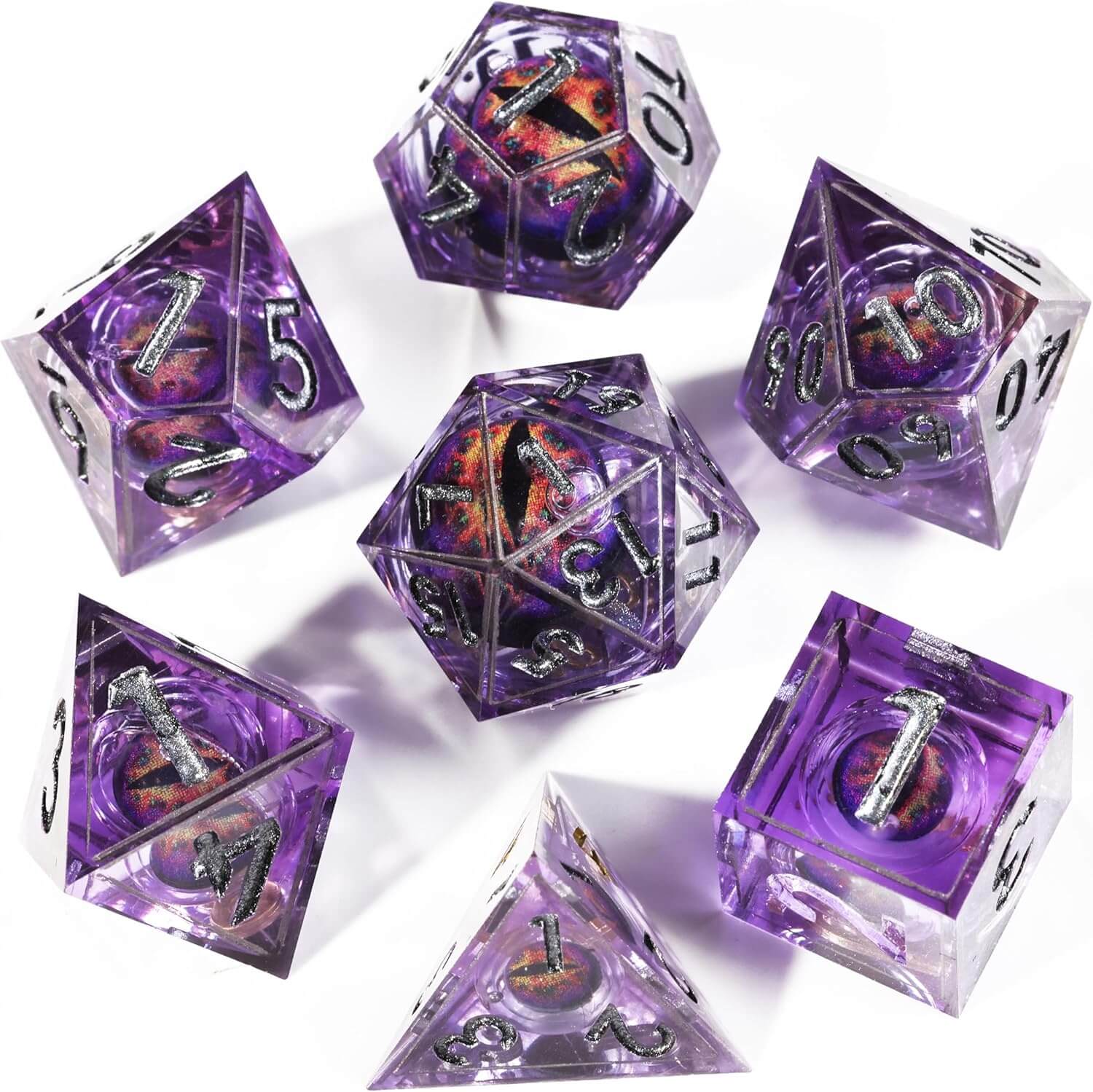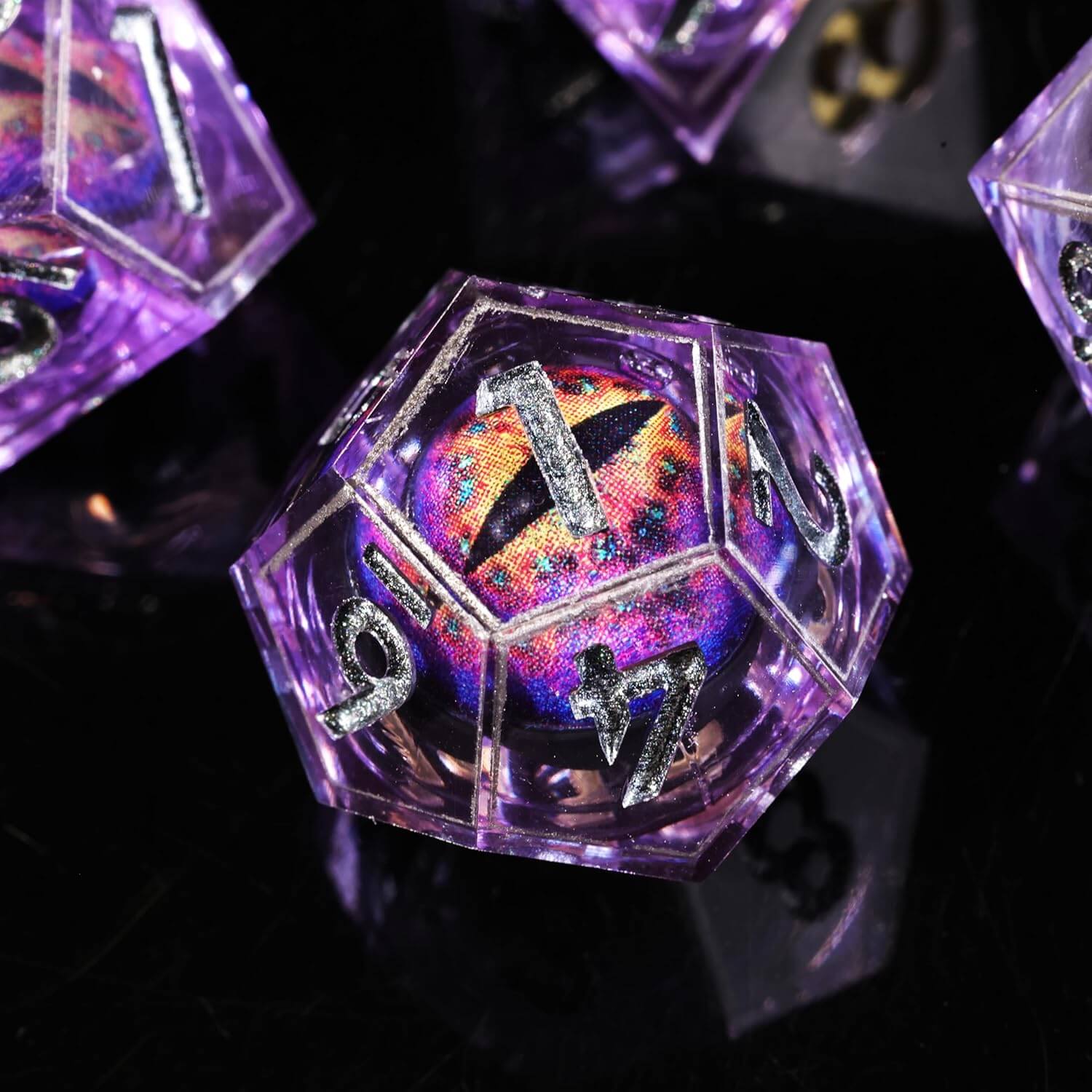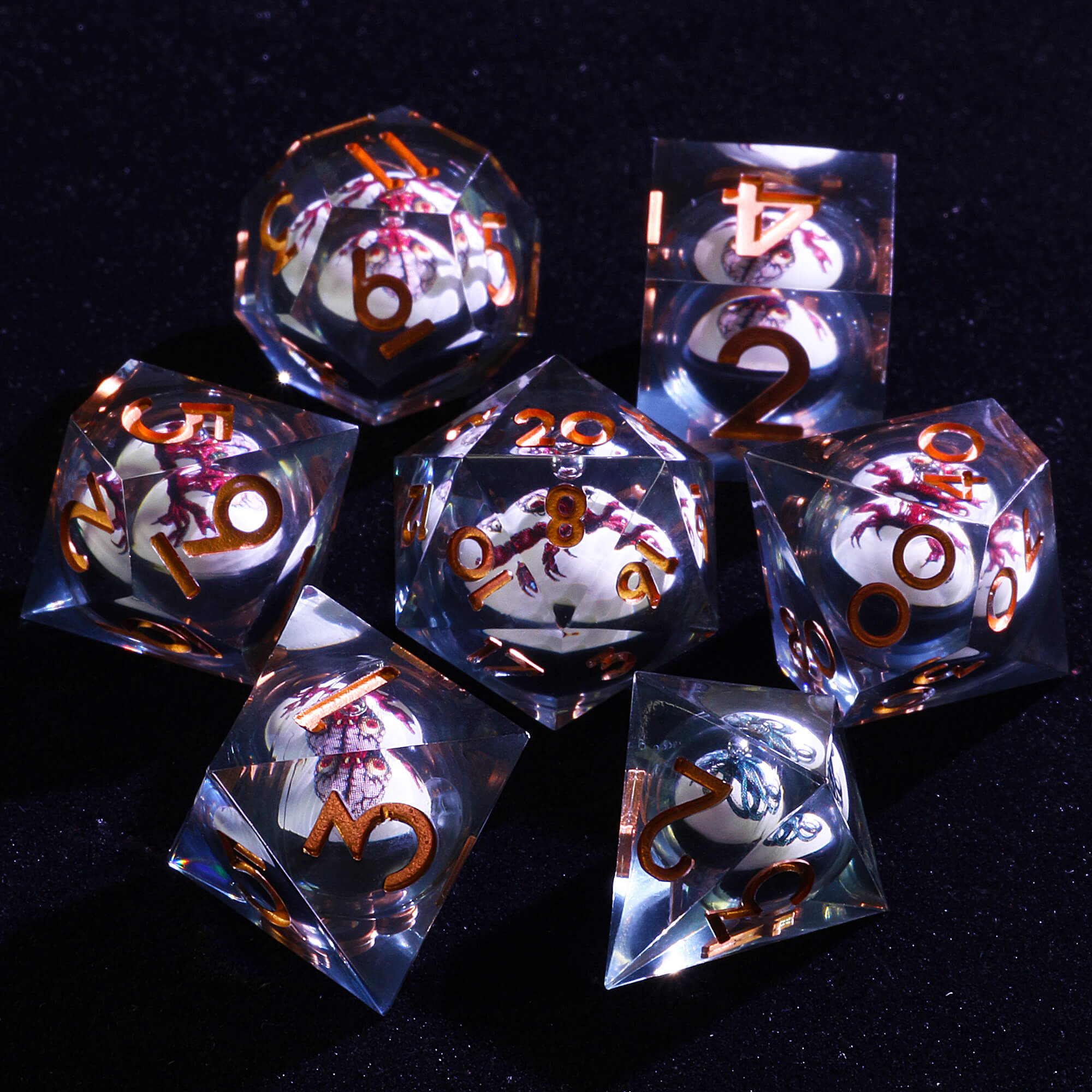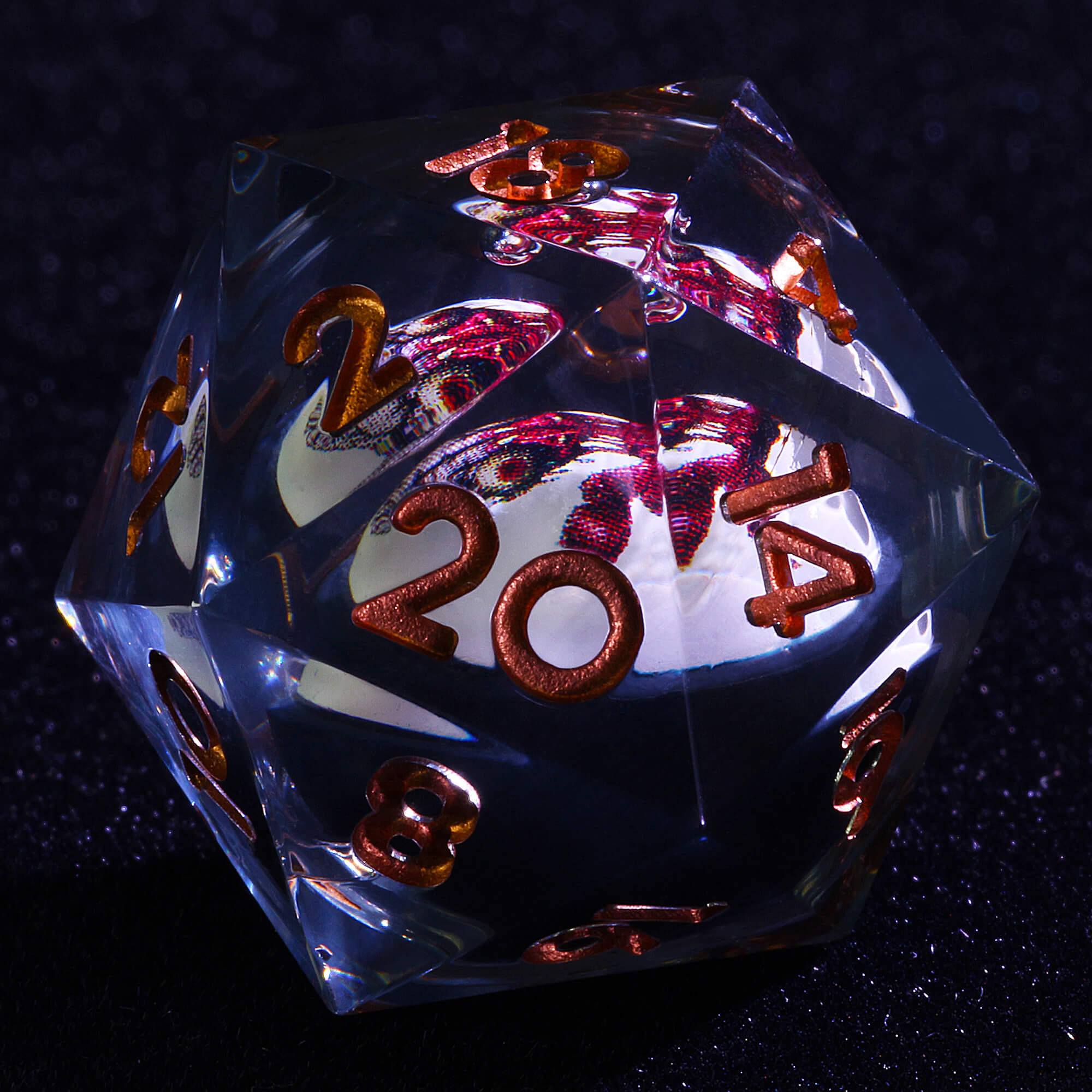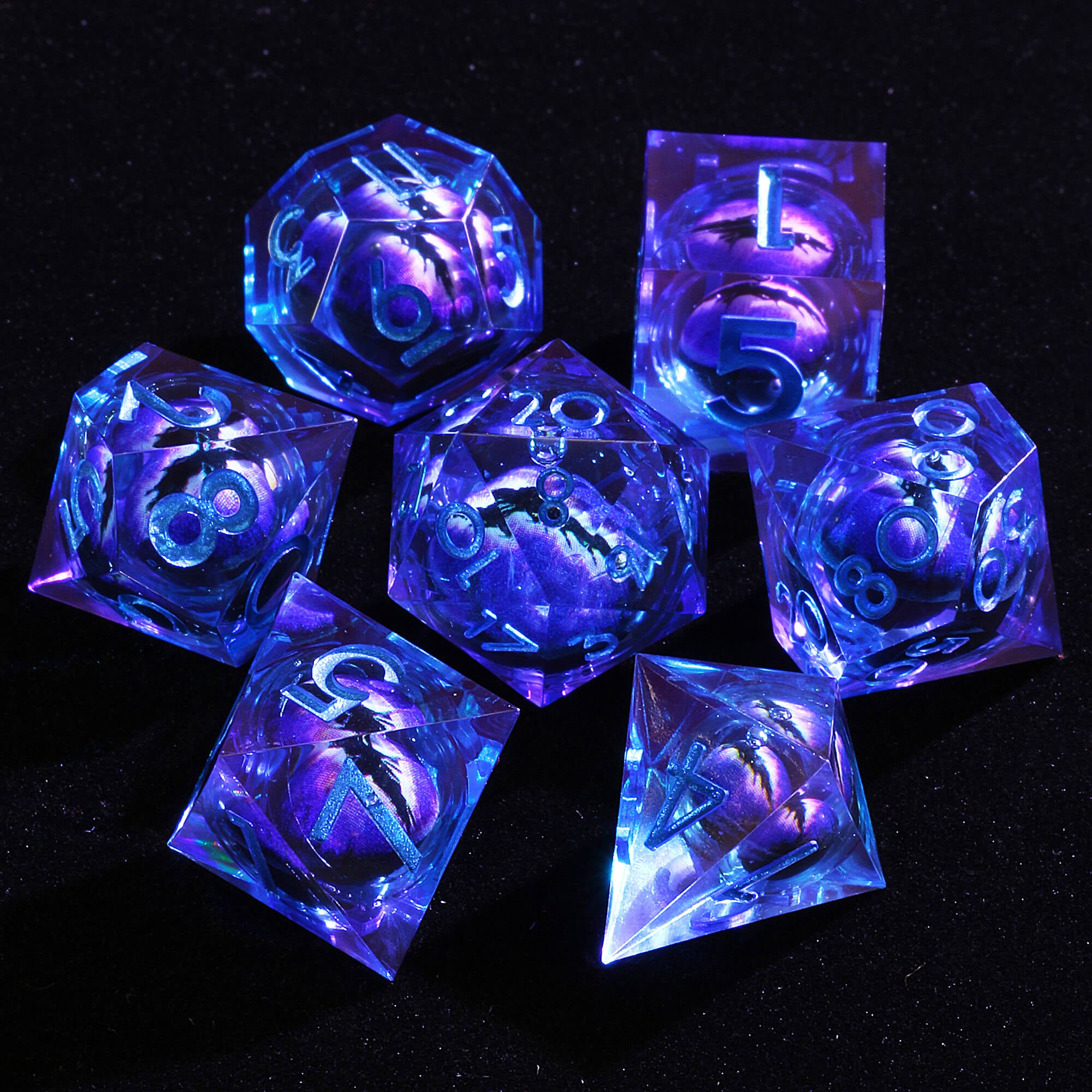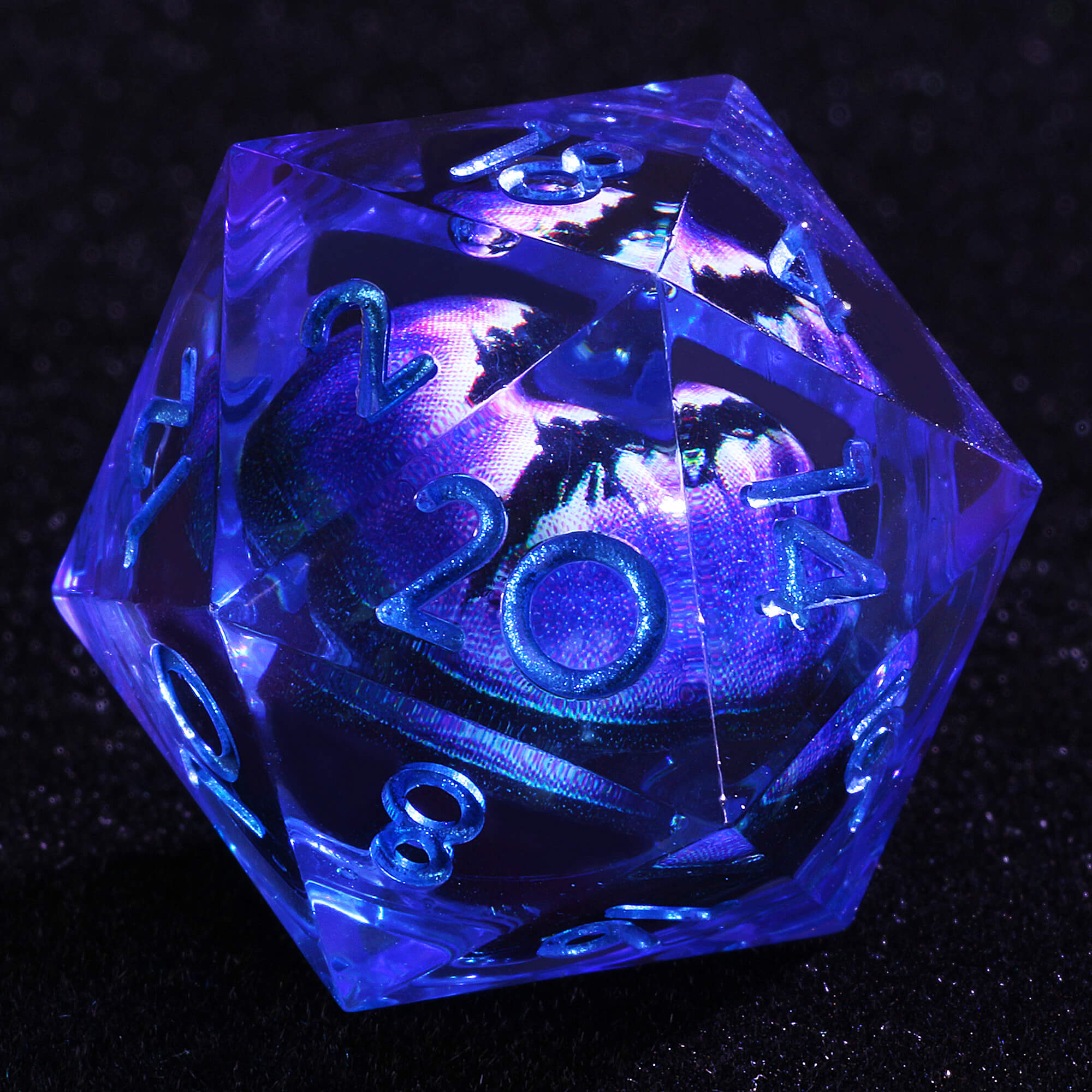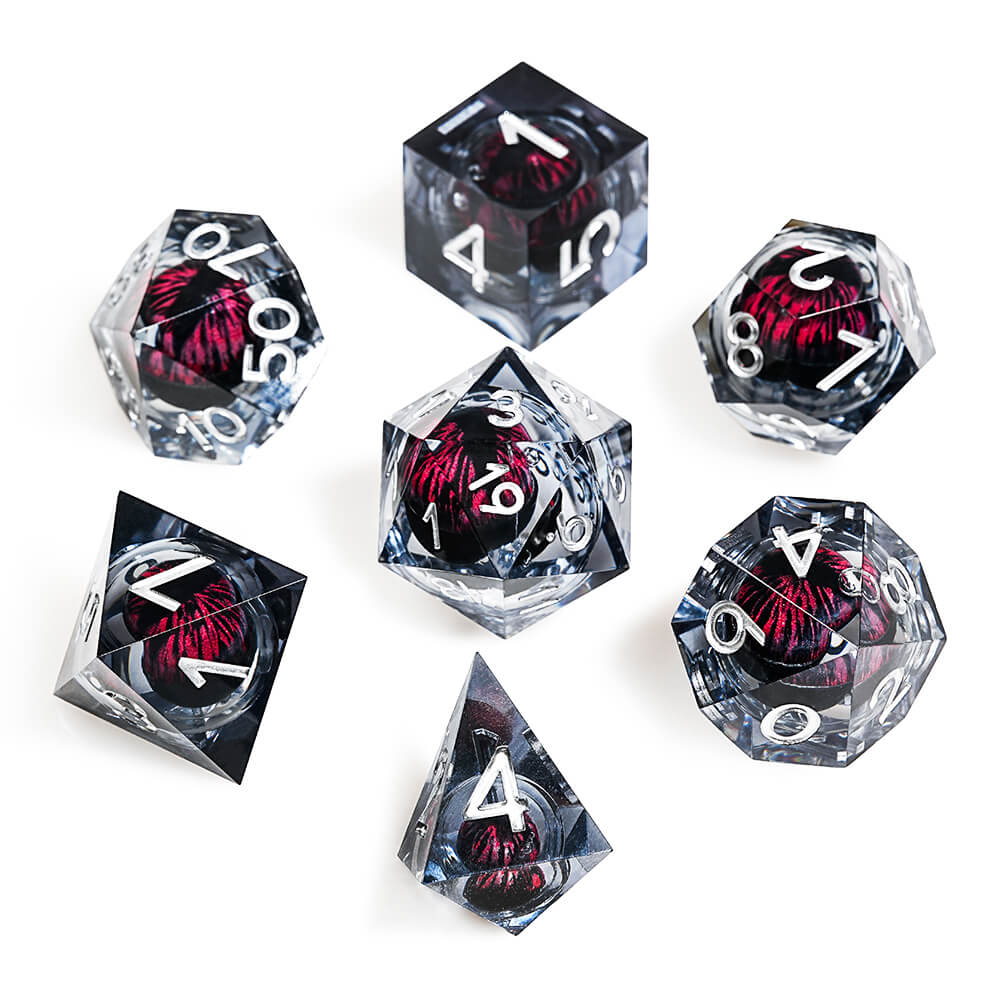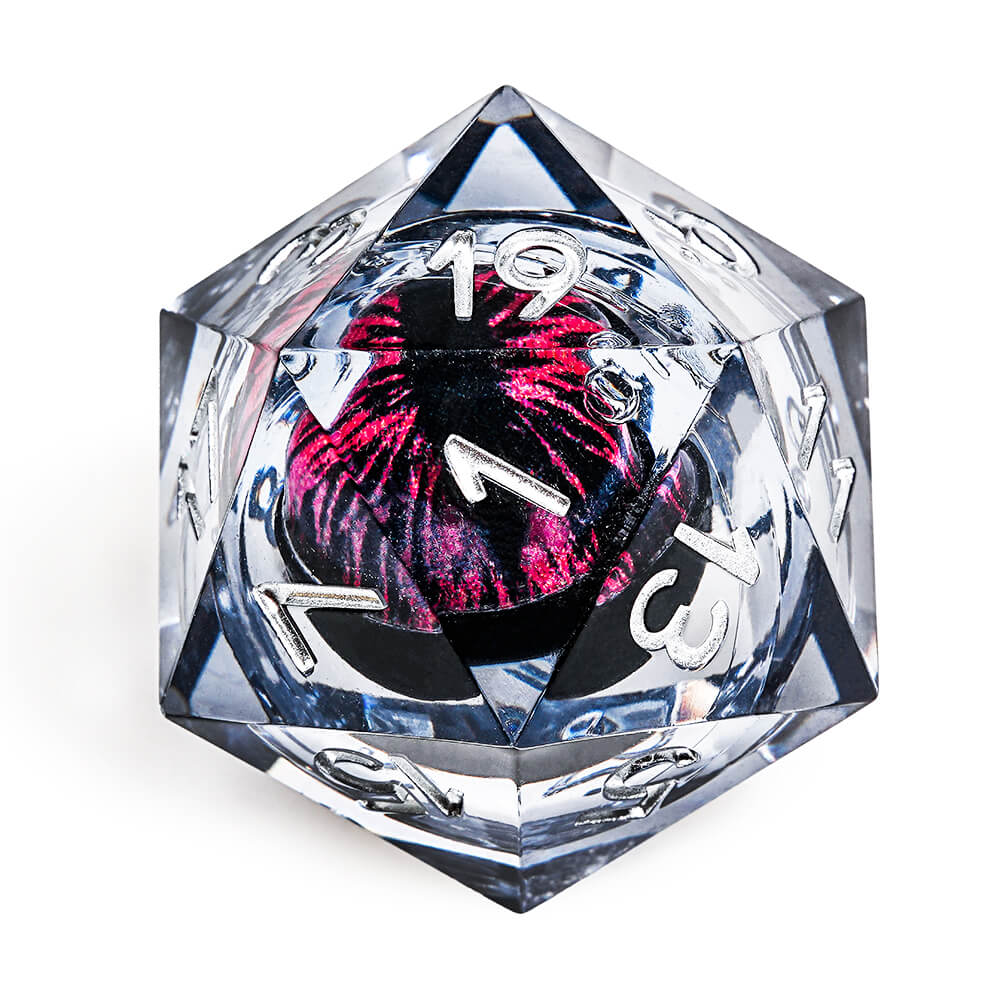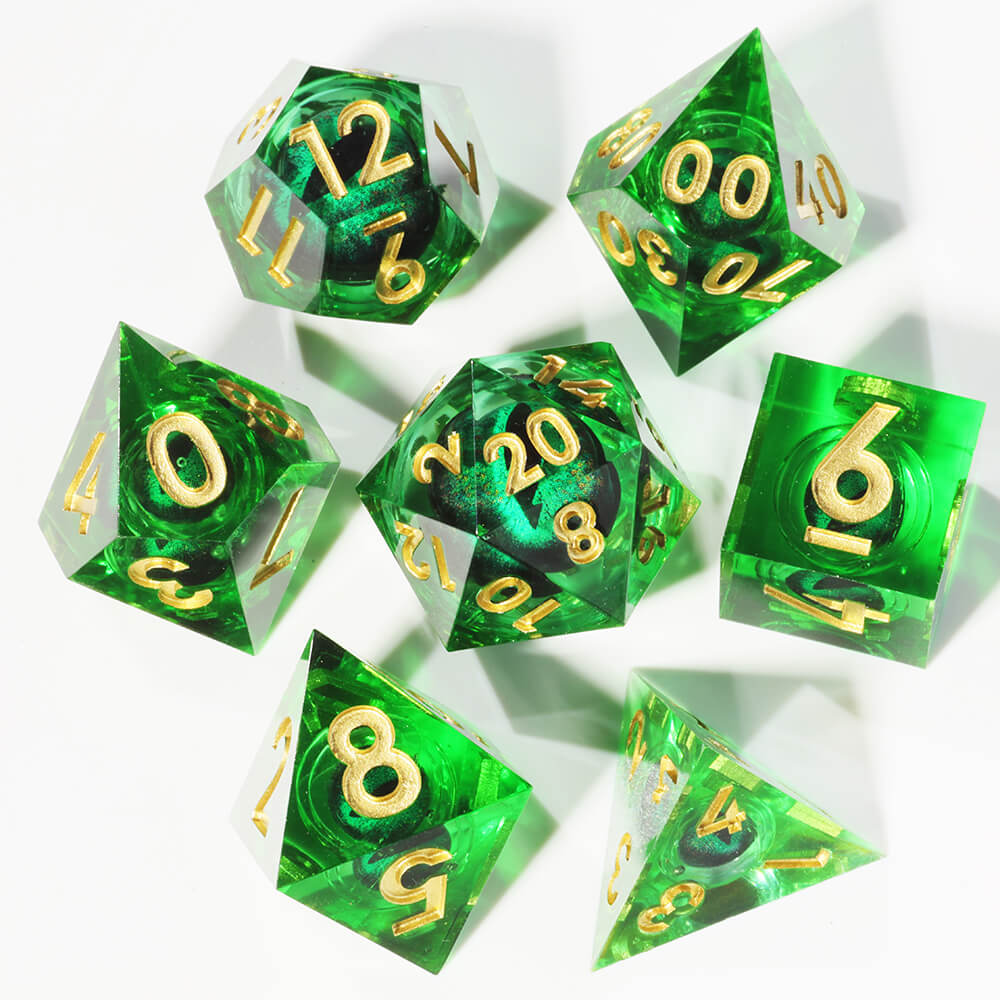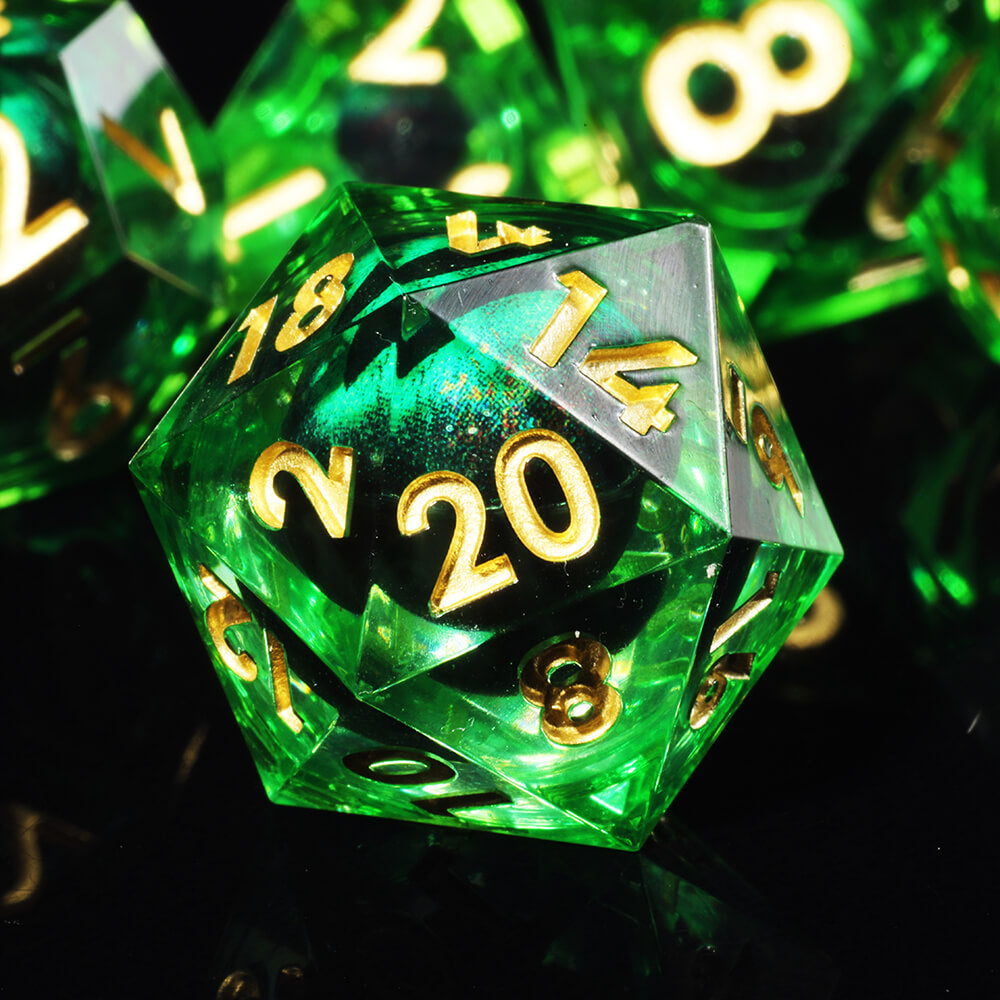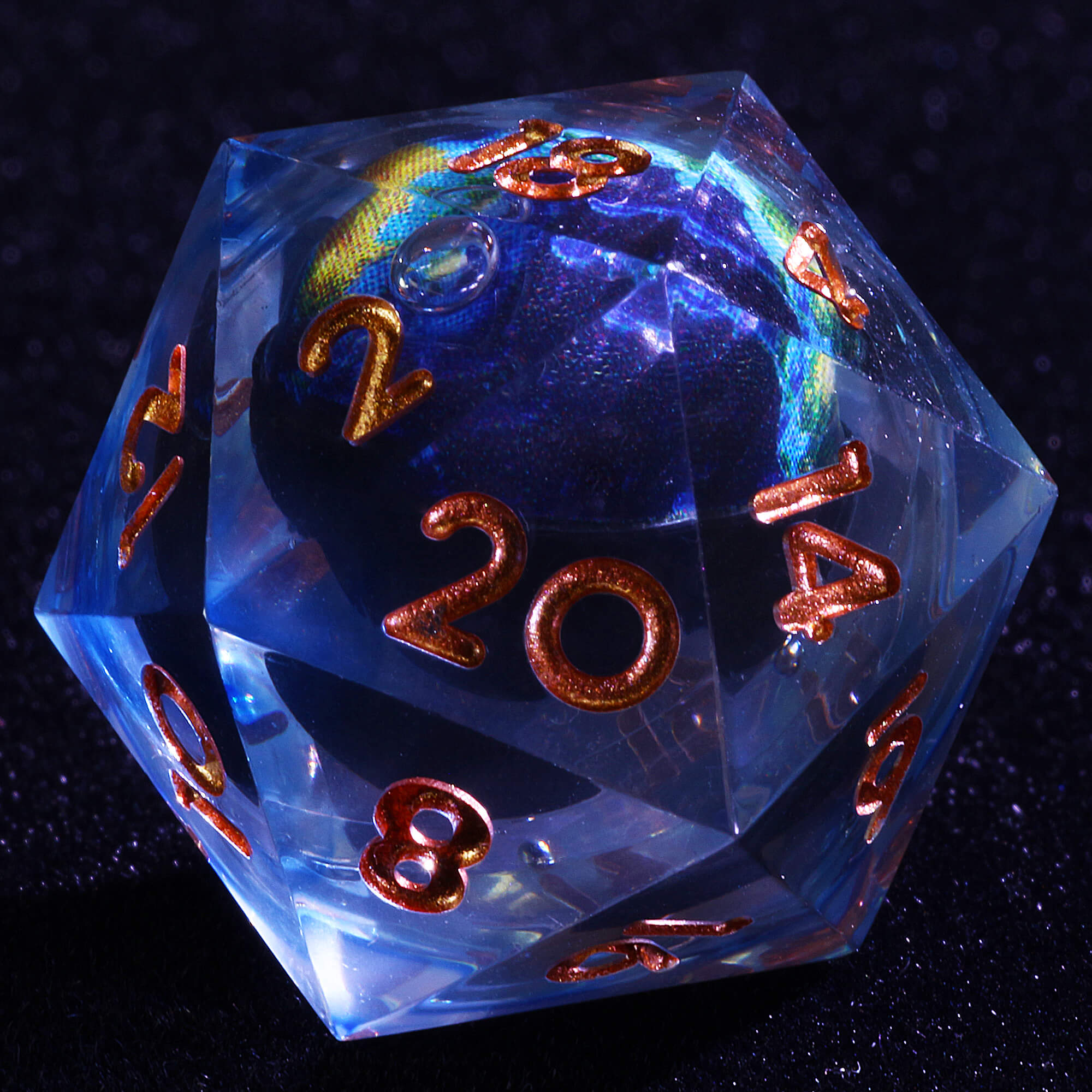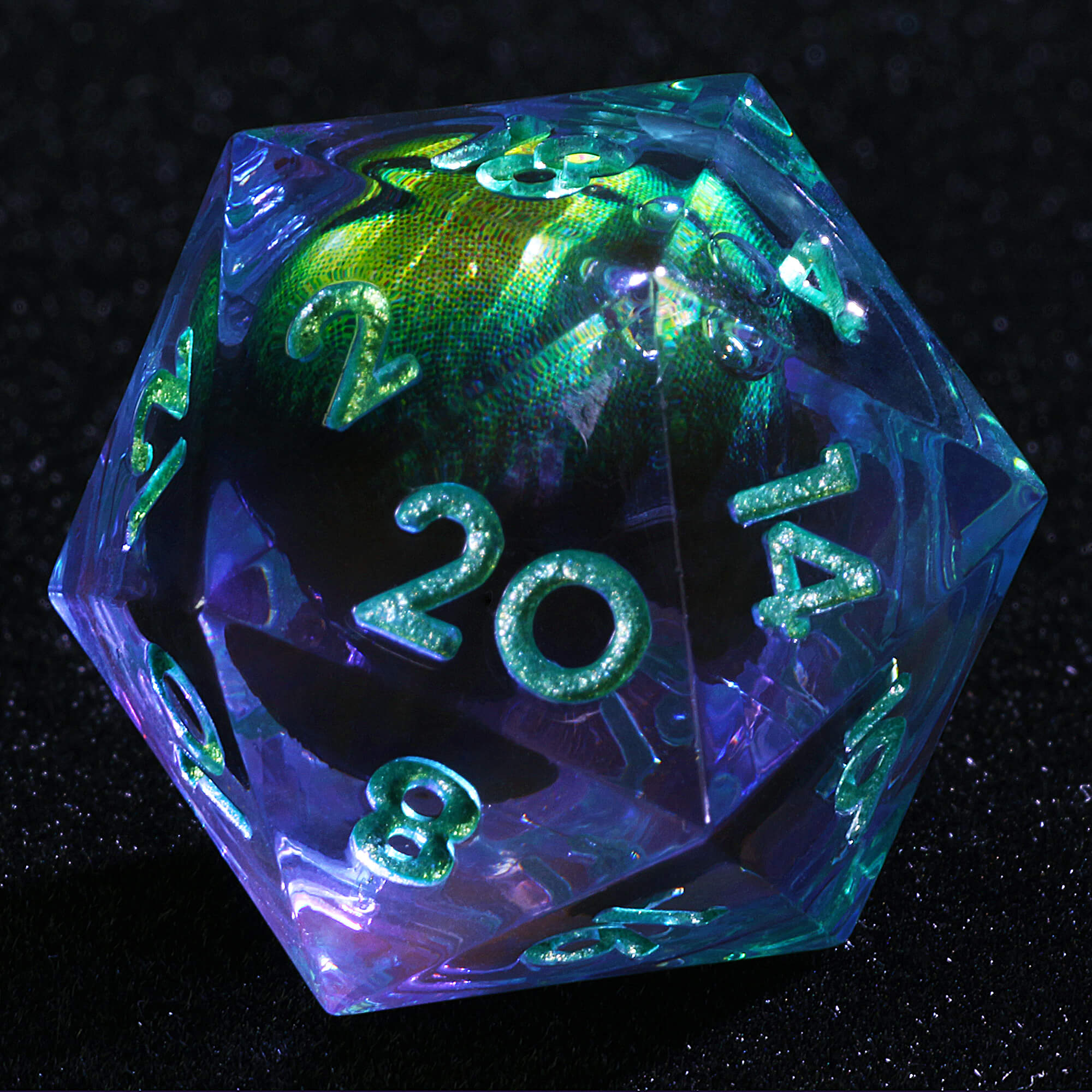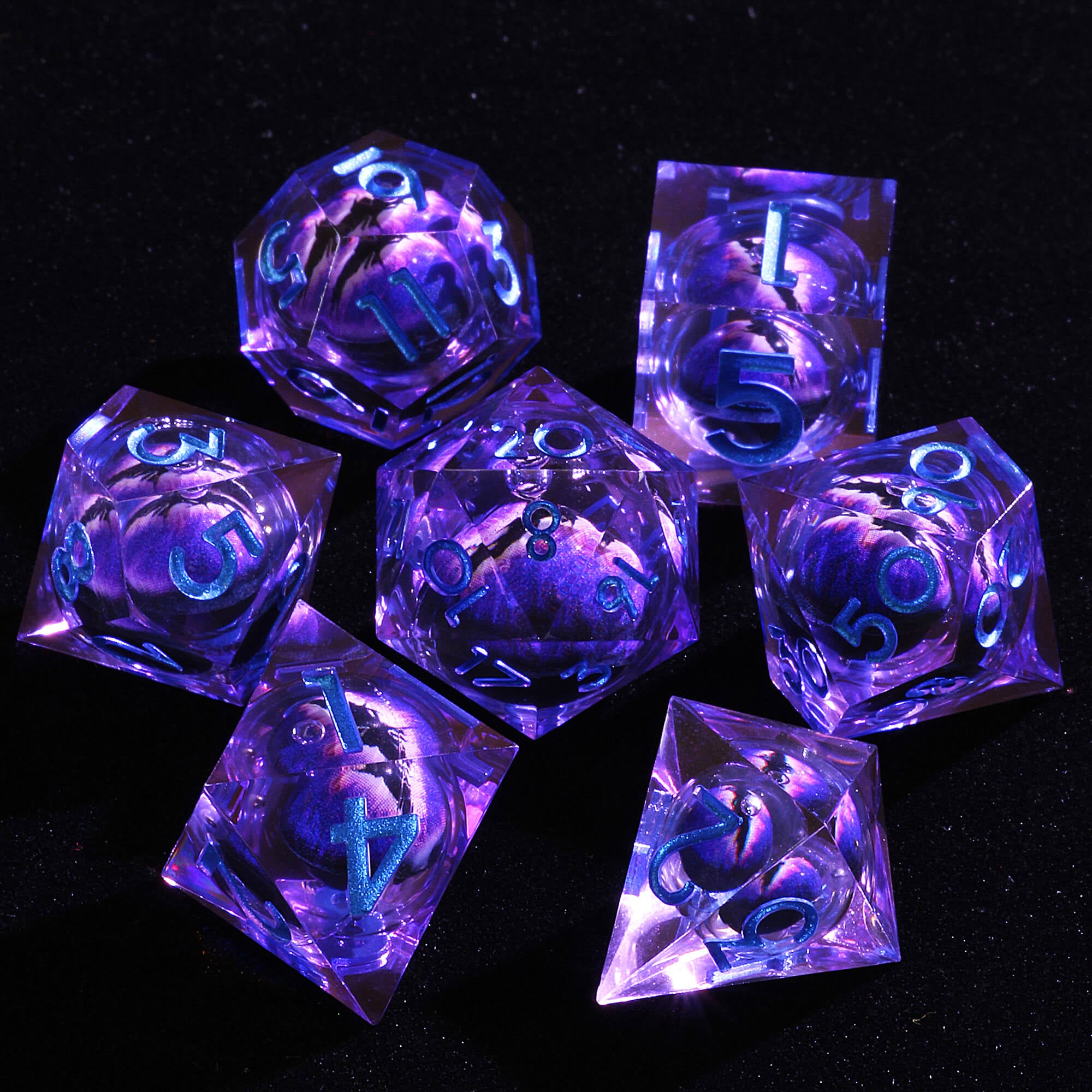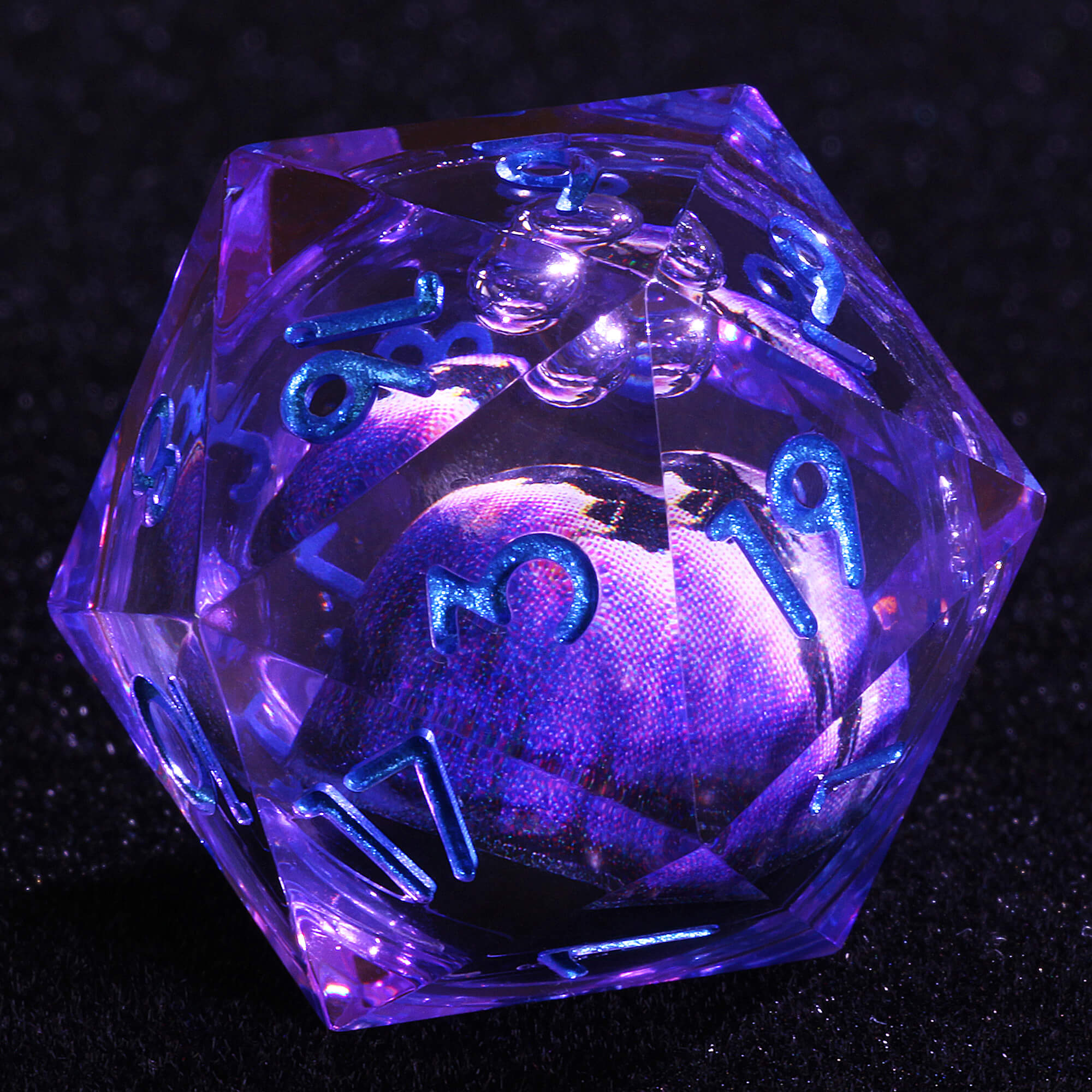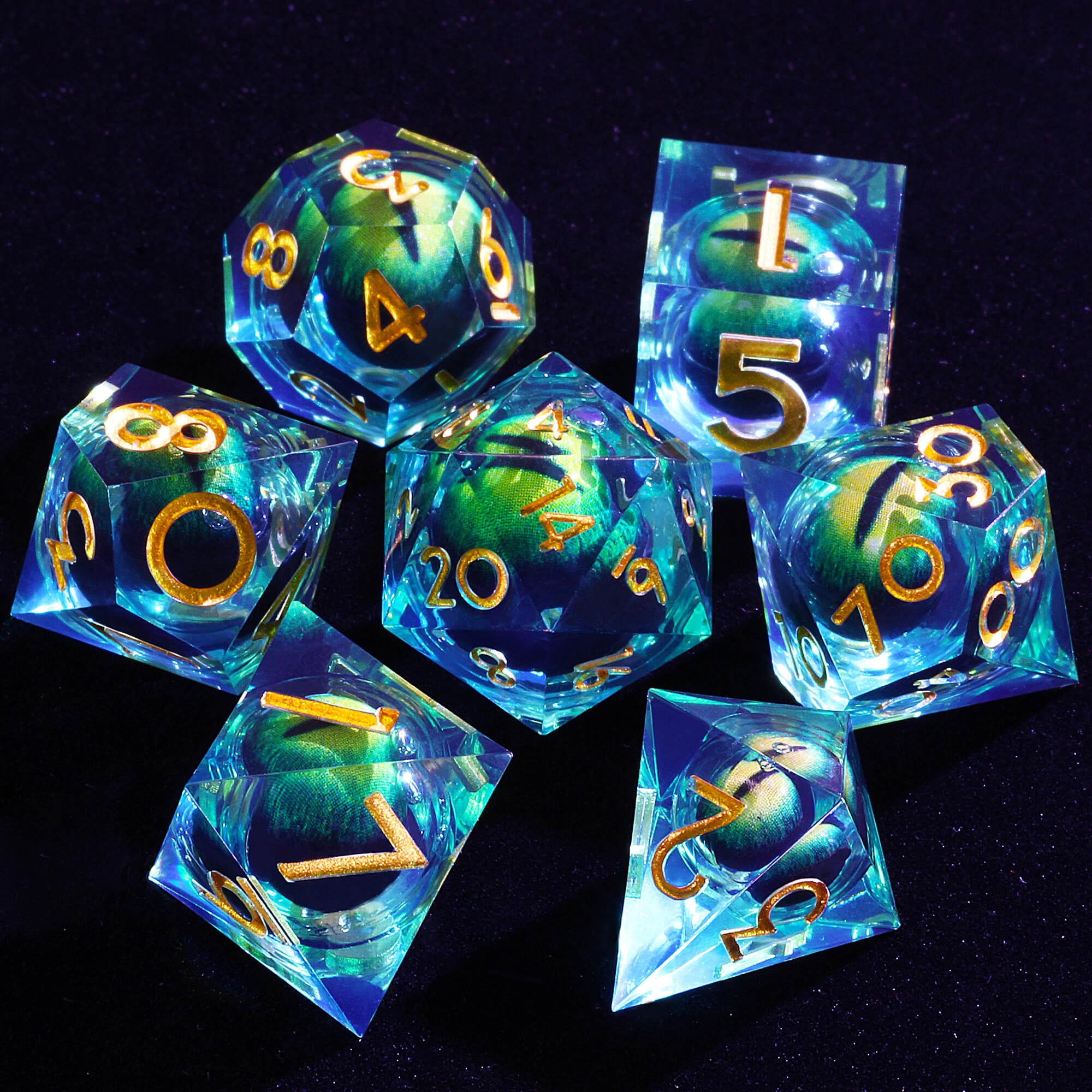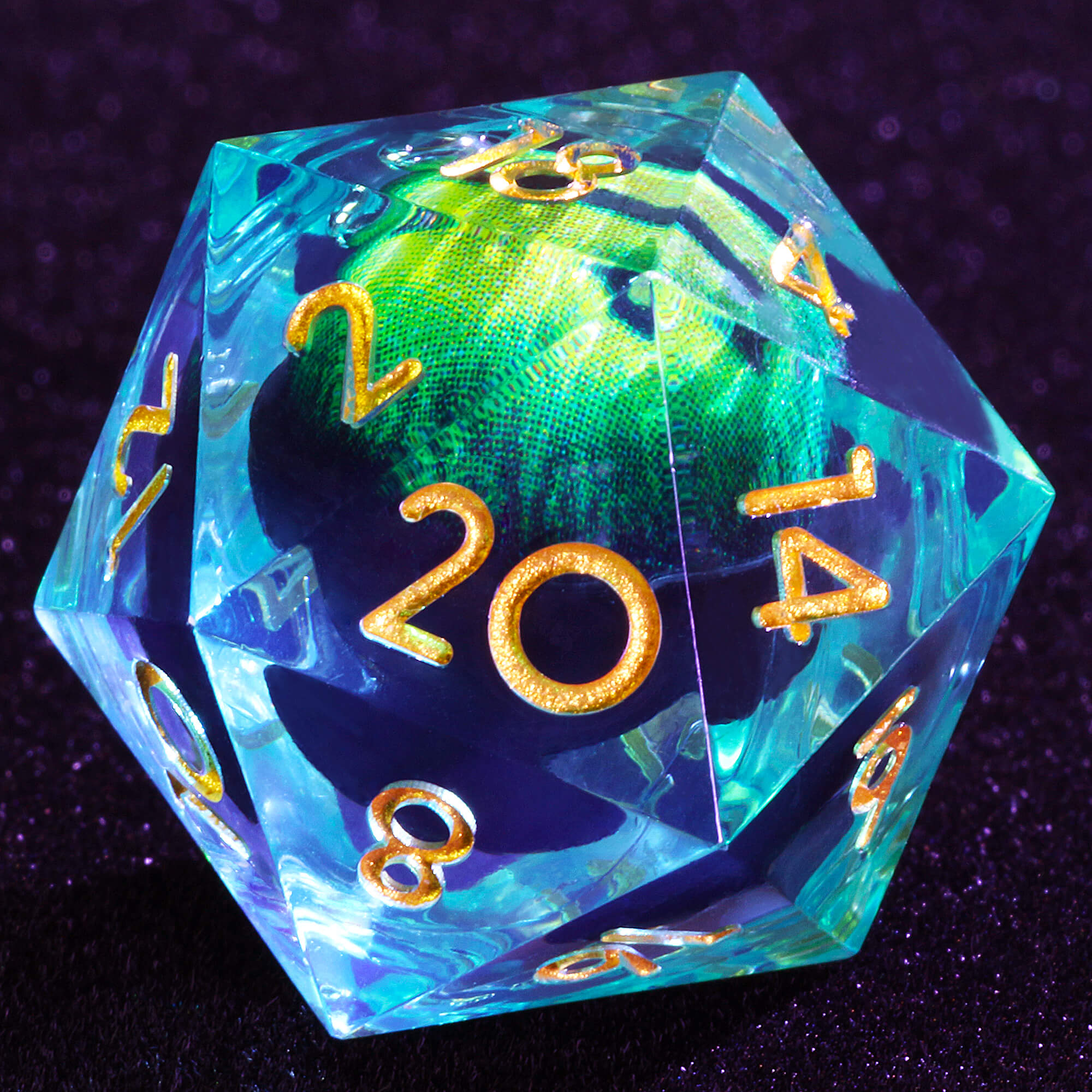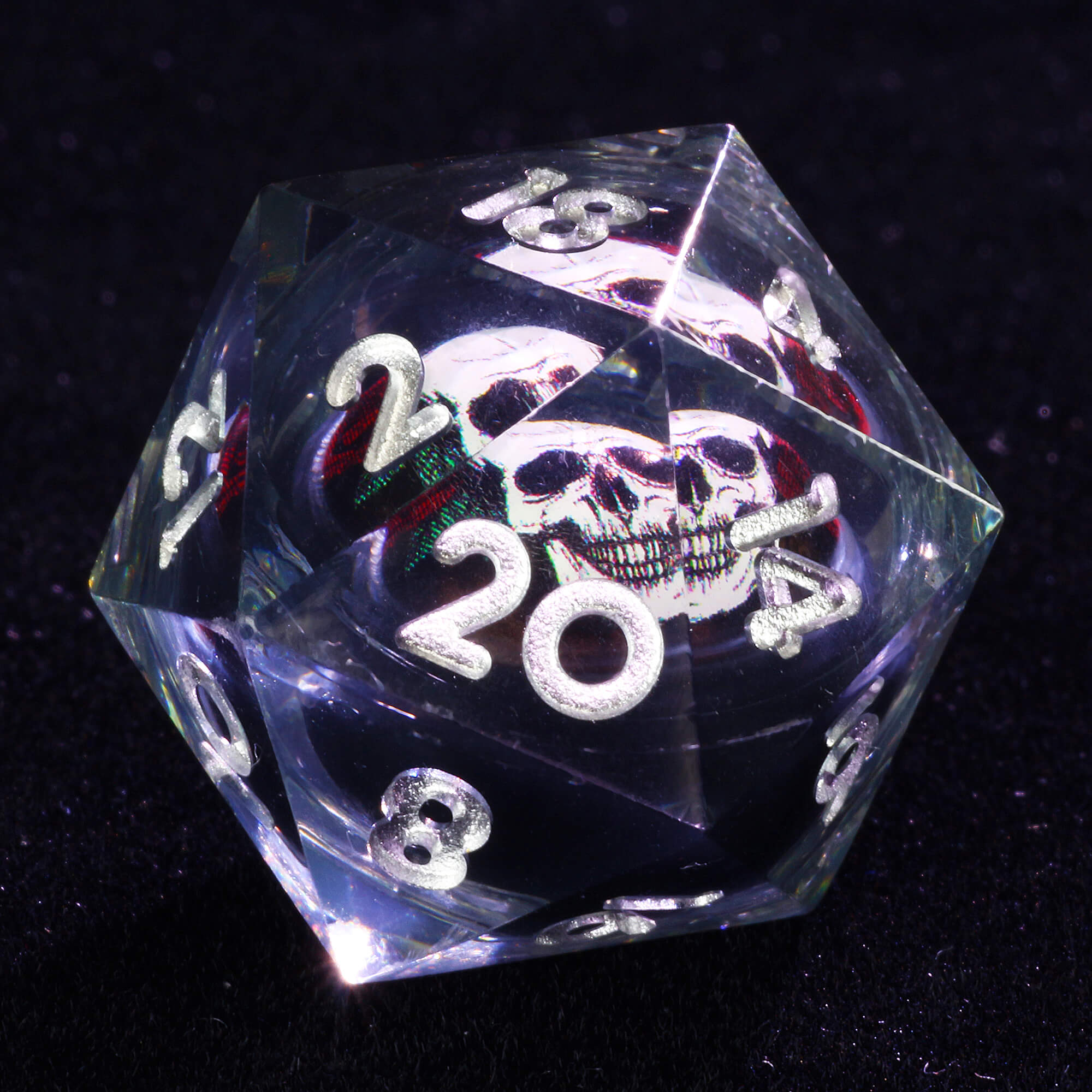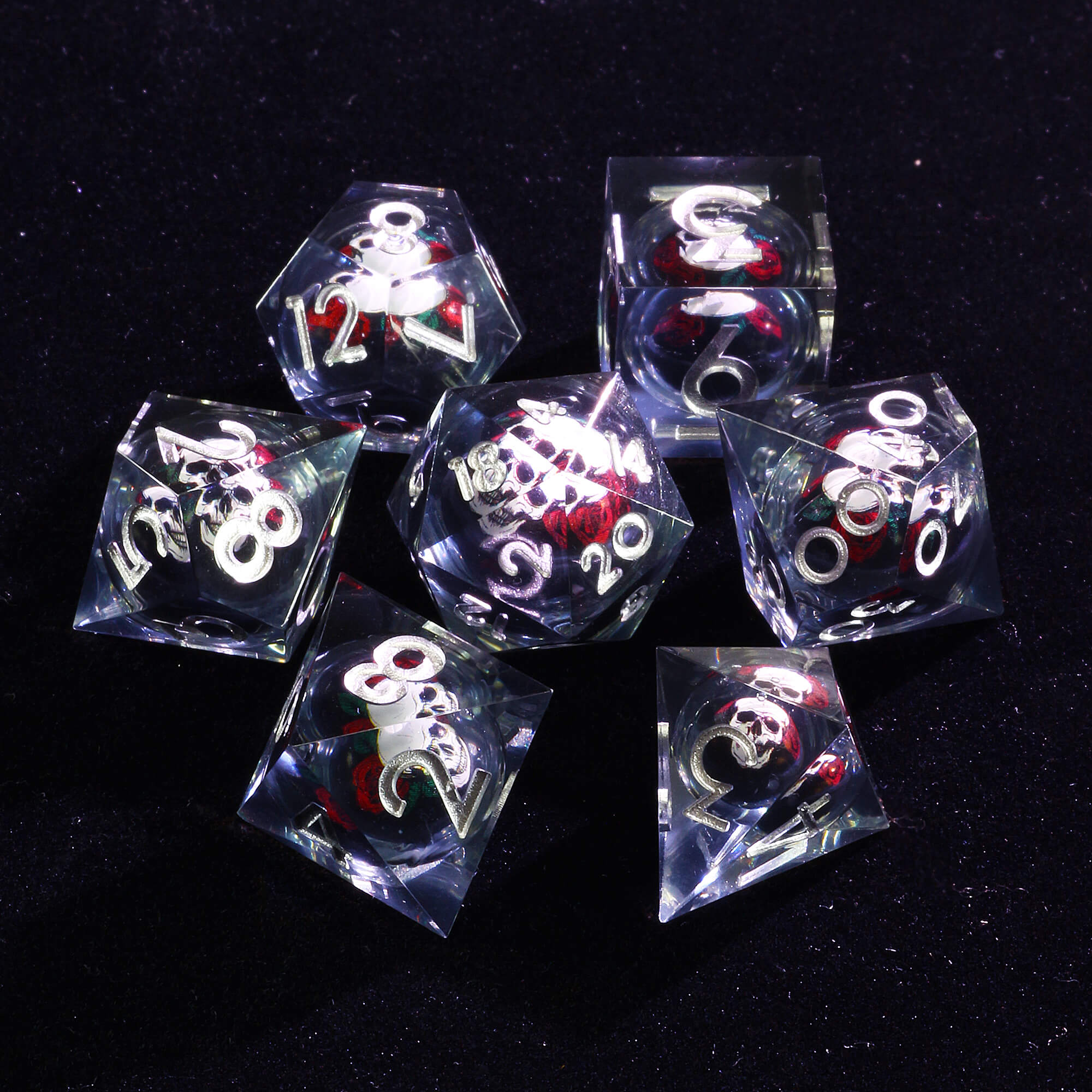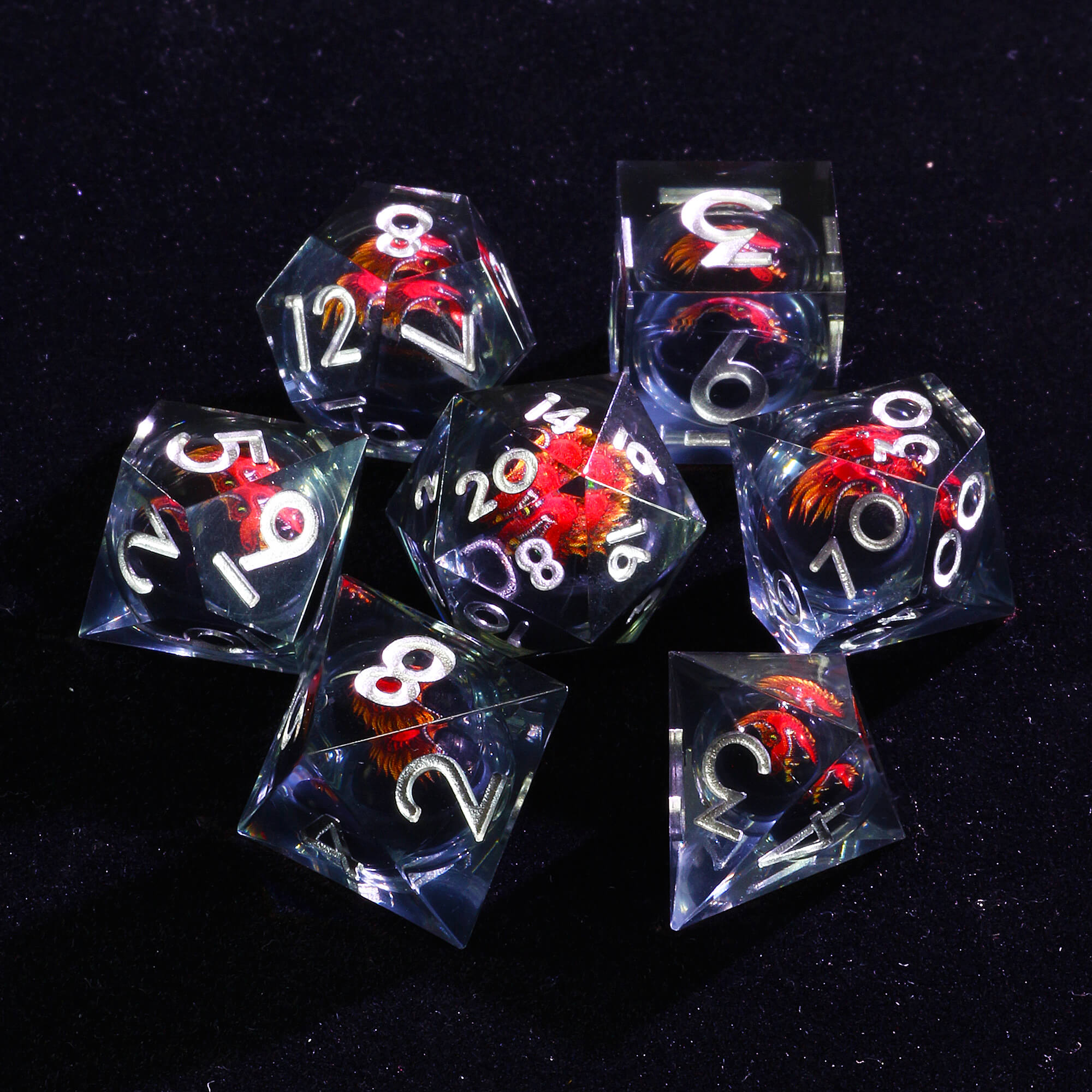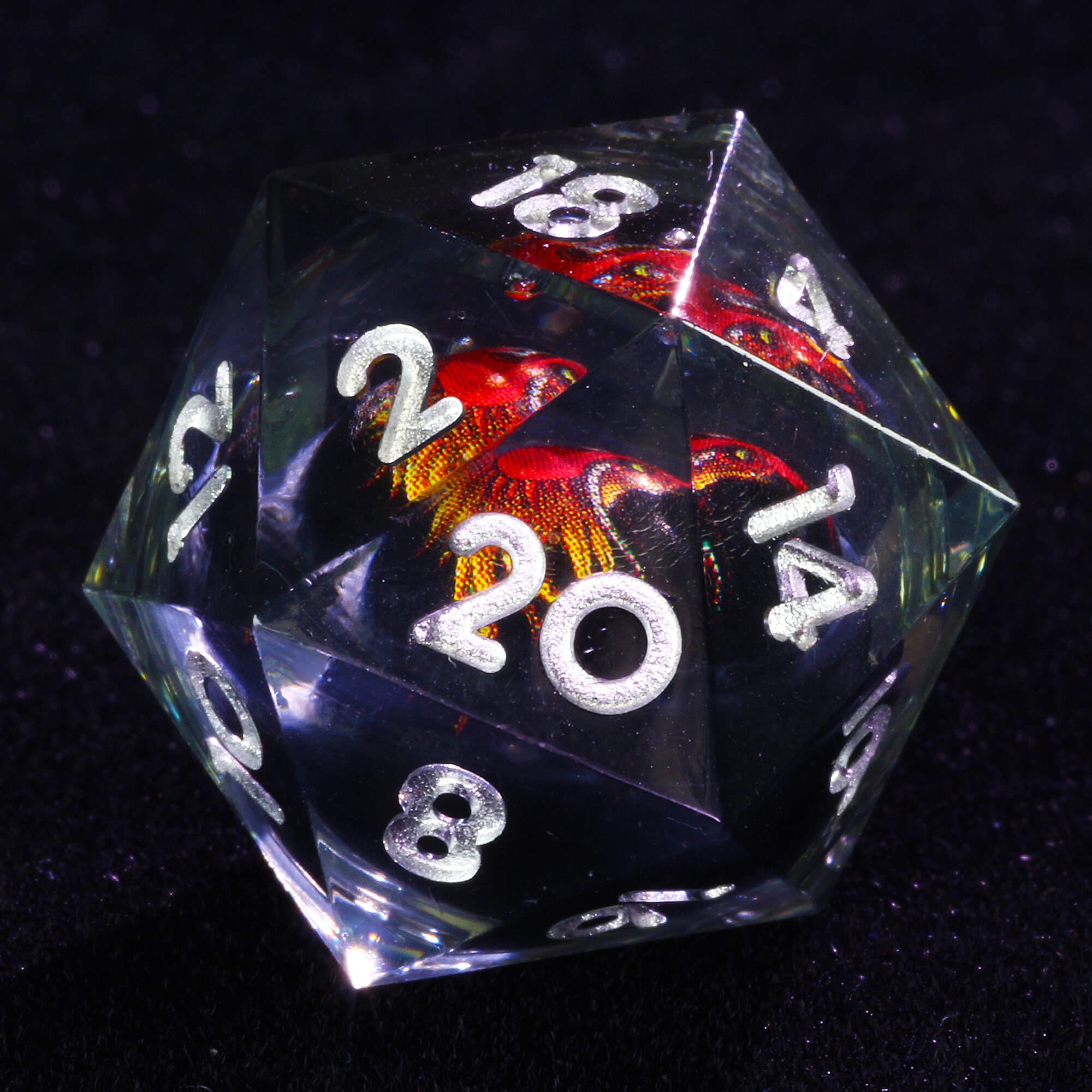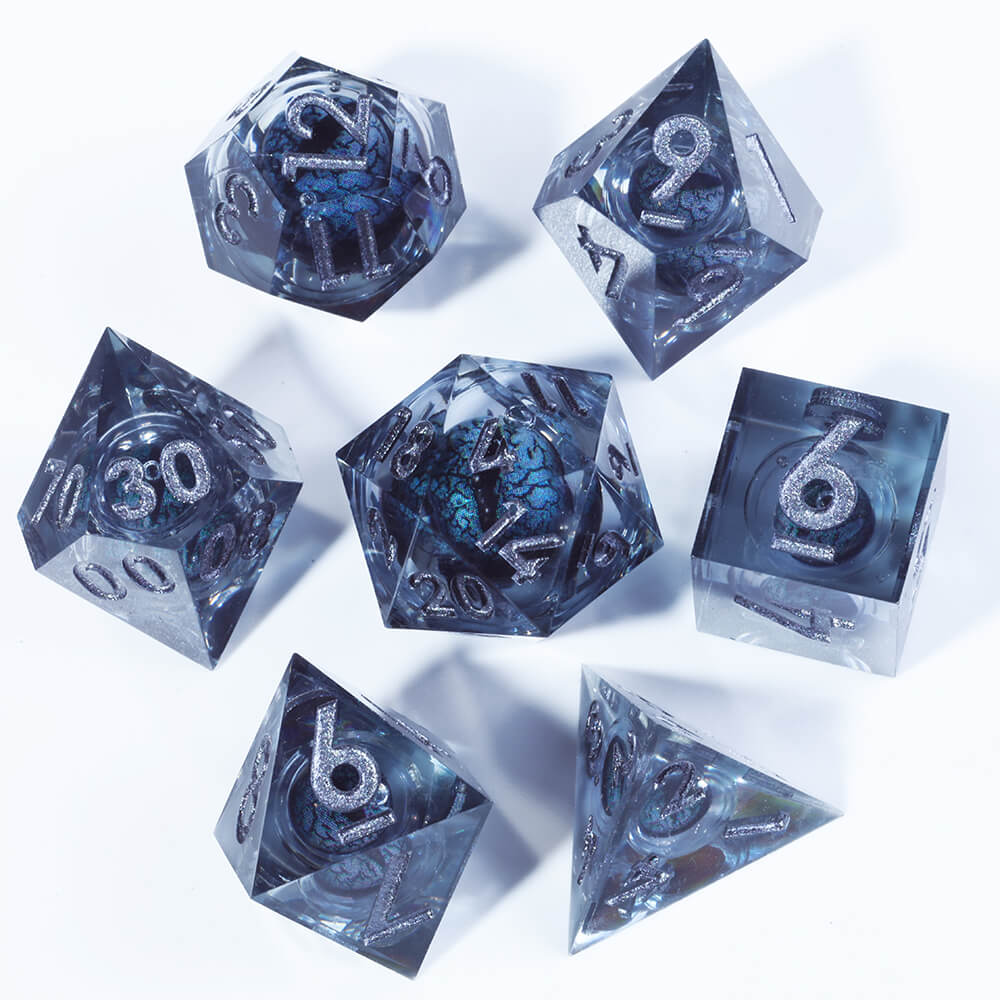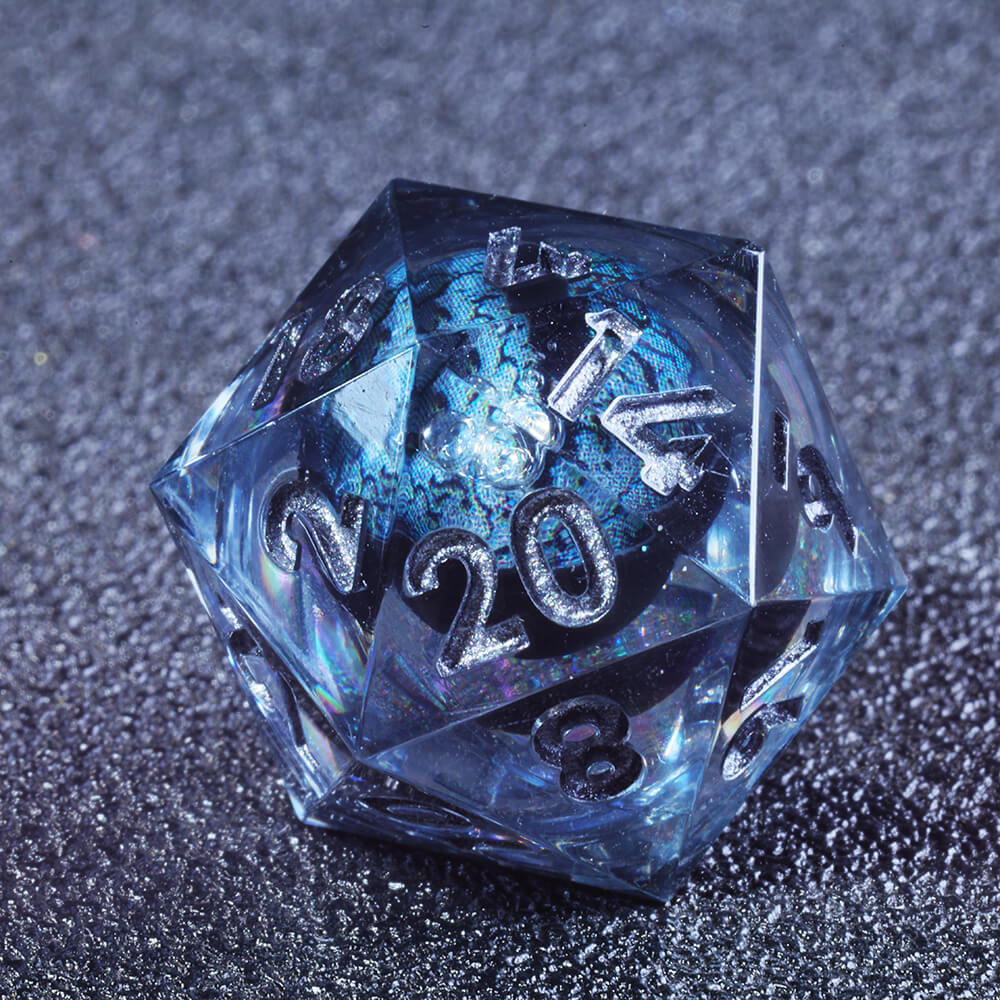Dragons have a central role in Korean mythology. These powerful creatures have a long and complex history, deeply tied to the system of beliefs of Korean society. And although the Korean dragon's appearance was influenced by its close cousin, the Chinese dragon, this mythological being is actually quite different from other types of dragons.
Characteristics of the Korean Dragon


The Korean dragon, while overall resembling the Chinese dragon, has certain specific traits, such a long beard. It also has 4 fingers on its legs, unlike the Chinese dragon which has 5 fingers and the Japanese dragon which has only three.
Just like in China, the number nine is considered a symbol of good luck in Korea. For that reason, dragons are often depicted with 81 (9 x 9) scales on their backs. Finally, as a water-dwelling creature, the Korean dragon tends to live in rivers, lakes, and oceans.
What does the Dragon symbolize in Korean Culture?

In Western mythology, most dragons are represented as dangerous creatures often causing chaos and destruction. They are almost always linked to the element of fire.
Oriental dragons are very far from this archetype: they symbolize serenity, wisdom and are able to control water in all its forms (seas, clouds, rain...). This is also the case of Korean dragons, which are seen as benevolent beings who provide rainfall and water for agriculture. They are especially sensible to the emotions of humans, which, combined with their powerful abilities, makes them excellent guardians of the Korean people.
The Legend of Imoogis: The Proto-Dragons


According to popular Korean mythology, most dragons are initially born as imoogis: giant snakes that possess some of the powers of dragons but lack the ability to fly. Korean folklore usually describes imoogis as having a strong desire to become dragons. However few succeed since one must stay alive for a thousand years in order to become a real dragon.
In general, imoogis are said to be great and benevolent creatures but they are rarely seen by humans. Sighting an imoogi is actually a sign of good fortune and a highly celebrated event in Korea.
History of the Korean Dragon
The symbol of the dragon has been widely used in Korean mythology as well as in ancient Korean art. These Korean dragons are called Yong.
Ancient texts describe dragons as intelligent beings, capable of experiencing complex emotions such as devotion, kindness, and gratitude. In some rare cases, they were even said to have the ability to speak and communicate directly with human beings.
To illustrate their importance and role in Korean culture we can mention a well-known Korean legend, that of the last wish of the great King Munmu. The King Munmu of Silla was the first to unify the 3 kingdoms of Korea in 668. On his deathbed, he wished to become a dragon in order to continue protecting Korea from the heavens...



